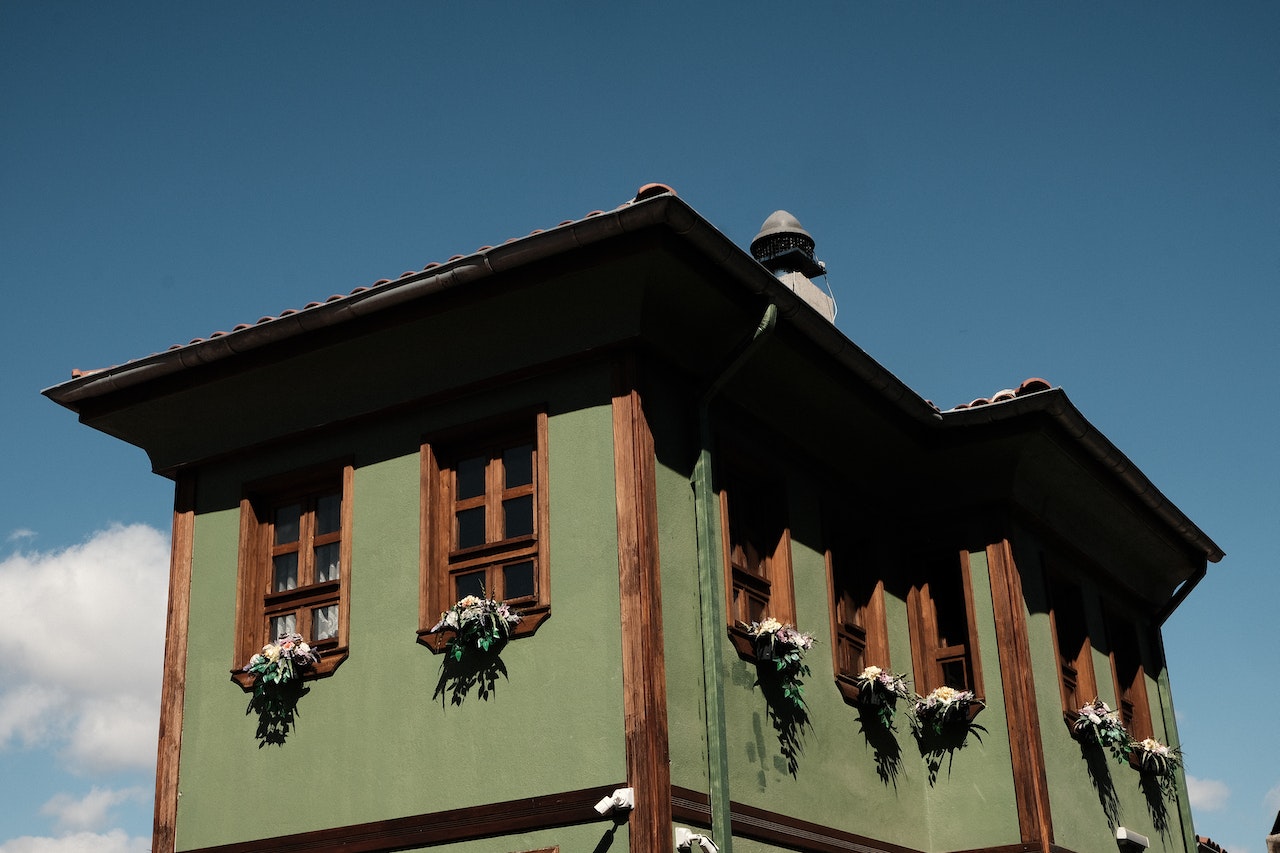Investing in real estate can be lucrative, offering various avenues for financial growth and potential wealth accumulation. Two popular strategies within the real estate realm are investing in rental properties and flipping houses. While both approaches have advantages and drawbacks, they cater to different investor preferences and financial goals. This article will delve into the pros and cons of investing in rental properties versus flipping houses, providing valuable insights to help you make an informed decision that aligns with your investment objectives and risk tolerance.
Regarding investing in rental properties, some pros include ongoing income, property appreciation and tax benefits. On the other hand, the cons of investing in rental properties involve vacancy costs, management, and legal issues. As far as flipping houses is concerned, the pros include a faster return and a safer investment. Cons include costs associated with it as well as additional tax costs.
Investing in rental properties: Pros
Investing in rental properties means buying properties that you intend to rent. This way of investing provides you with passive income and has several pros and cons. We’ll start with the pros.
Ongoing income
The first benefit of investing in rental properties that makes it so attractive is earning ongoing monthly income in the form of rent. It is a great thing to do to increase one’s wealth. If you decide to buy a property in Sydney and earn passive income, i would be best to hire a buyer’s agent in Sydney to help you find an appealing property.
Property appreciation
Another significant benefit is that every property appreciates over time, so investing in properties is never a mistake. The property’s value increases in almost all cases, regardless of whether you do something to improve it. A general rule states that the longer you hold your investment property, the more likely you are to benefit from inflation.
Tax benefits
Moreover, when we buy properties intending to rent them, we also earn some tax benefits. Rental property ownership offers distinct tax benefits unavailable to those who flip houses. Income generated from rental properties is subject to lower tax rates as it is categorised as investment income. Additionally, various expenses related to the property, such as repairs, maintenance, property management fees, and travel expenses, can be deducted. Moreover, if you choose to sell the rental property after owning it for over a year, you can benefit from long-term capital gains tax rates.
Investing in rental properties: Cons
Even though there are some tempting pros to investing in rental properties, there are also some cons.
Vacancy costs
The first con we will mention is the vacancy costs. Having a rental property that always has tenants is a huge success. However, it is only sometimes possible to find tenants and to find good tenants. Regardless of whether someone lives or not in your property, you still have running costs, which you have to cover in case you don’t have tenants.
Management and legal issues
Additionally, the management and legal issues make this type of investment unappealing. Managing a real estate property over the long term can be demanding and requires skills not all investors possess. Many investors, mainly those new to rental property ownership, may find themselves unprepared or lacking the necessary expertise to handle the responsibilities and legal complexities of being a landlord. The process of identifying reliable tenants and addressing their needs can be a stressful and time-consuming task. However, effective property management is crucial for maintaining a steady income stream from one’s investment.
Flipping houses: Pros
Flipping houses is an entirely different way of investing money. It provides us with active income. As with everything, there are pros and cons to it. We’ll start with the pros.
A faster return
One of the main advantages of flipping houses is a fast return. By flipping houses, you can quickly realise gains and free your investment for further investing. The average time needed to flip a house is around 6 months for experienced flippers. However, for first-time flippers, it may take longer.
A potentially safer investment
Unlike the stock market, where changes can occur within a single day, real estate markets generally offer more predictable trends. From this perspective, flipping properties is a relatively safer investment approach as it aims to minimise the duration of capital exposure. Flipping also avoids the inherent risks of property management and leasing associated with long-term real estate ownership, not to mention the challenges of tenant acquisition, rent collection, and property maintenance.
Flipping houses: Cons
However, this is not all – some cons are associated with flipping houses.
Costs
The first significant con is the costs. Potentially, there are some costs that you don’t have to deal with in long-term investments. Certain costs stem from flipping houses, cost a lot of money, and, as such, can lead to issues with cash flow.
Taxes
The rapid buying and selling of properties, crucial for successful flipping deals, can result in fluctuating income that may impact your tax liability. This is particularly relevant if the process moves too swiftly to take advantage of the long-term capital gains tax regulations. In such instances, if you own a property for less than a year, you will be subject to a higher capital gains tax rate based on your earned income.
Neither is a bad decision – the one better suited for you depends solely on your goals and preferences.
